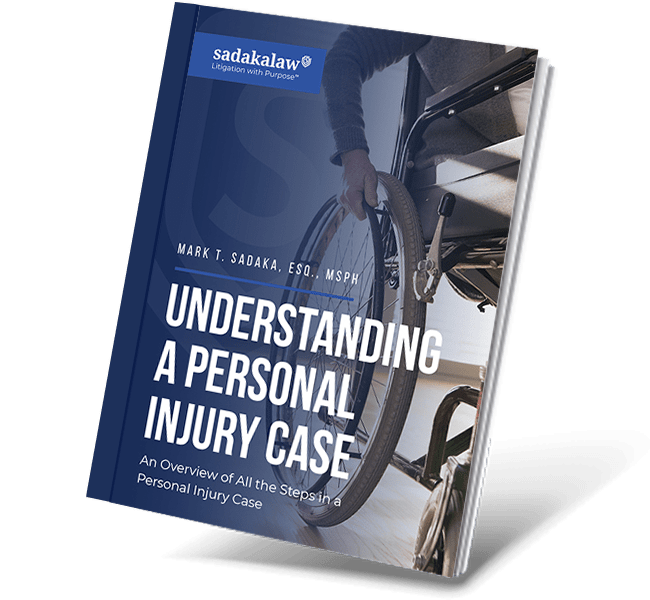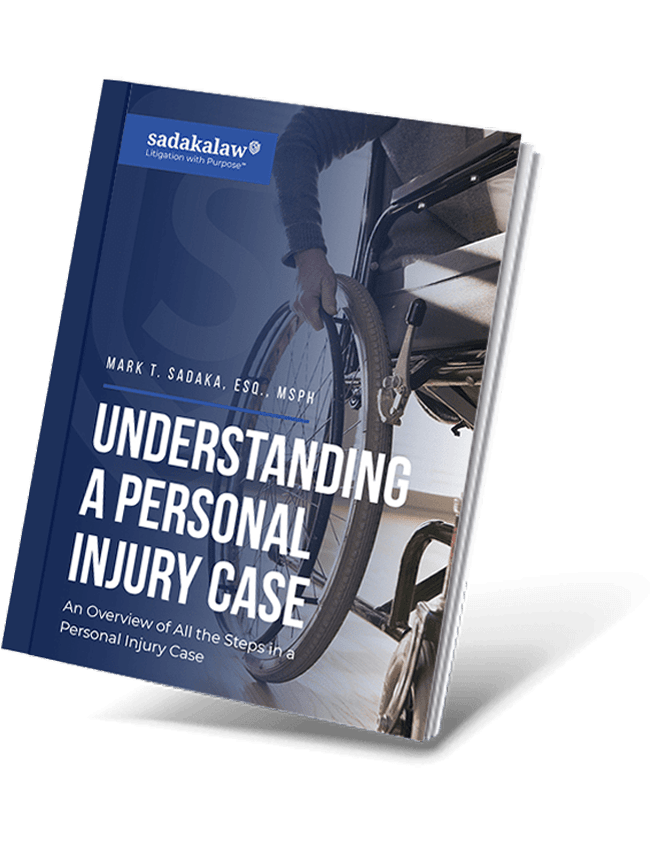
Concerns continue to increase about the risk of cancer to millions of athletes and children from the 12,000 artificial turf surfaces in use across the country. The crumb rubber pellets from recycled tires used on some artificial surfaces are particularly worrisome. The pellets are distributed between artificial blades of grass that are woven into the surface of the material that covers the playing field.
Goalkeepers are the most affected
Amy Griffin is a soccer coach at the University of Washington, and she’s a former member of the U.S. women’s soccer team that won the World Cup in 1991. Griffin has documented 220 athletes with cancer who played on crumb rubber surfaces. At least 158 were soccer players in the United States. Of those, 101 were goalkeepers who spend more time on the ground diving and sliding on crumb rubber than other team members, especially during practice. There are only one or two goalkeepers on a team of 20 players. At least 80 of the other athletes have some type of lymphoma. Another soccer coach saw nine players affected by cancer. Eight of them were goalkeepers.
The numbers are inverted
One public health toxicologist who spent over 10 years employed at the U.S. Centers for Disease Control and Prevention remarked that leukemia is the most common form of cancer in young age groups. Griffin’s numbers have more lymphomas. Her numbers were said to be “upside down.” To the toxicologist, it suggested that “there’s a chemical involved.”
How crumb rubber enters the body
There’s no question that crumb rubber can be ingested by athletes. Artificial surfaces heat up dramatically in the sun. Hot temperatures could affect the types and amounts of chemicals that might be released from the recycled tires. Crumb rubber dust and particles can be inhaled, and they can also enter bodies through the eyes, ears, and skin, particularly when there are abrasions that occur far more frequently on artificial surfaces.
Future lawsuits are likely
Negligence and product liability lawsuits against manufacturers and entities that use crumb rubber on artificial playing surfaces are likely to be filed in the future, but at this point in time, no studies have tied in crumb rubber to health risks like cancer. A lawsuit was brought by the State of California against the three major manufacturers of artificial playing surfaces. It pivoted on allegations that the manufacturers failed to warn the public of harmful substances in artificial playing surfaces. No damages were awarded but the manufacturers did agree to decrease the amount of lead in the surfaces.
No risk has been found
The debate continues as to whether crumb rubber is safe for sports and recreational activities. Parents in every state in the country are actively seeking regulation. A few studies are being done, but others never left the starting blocks due to funding issues. The evidence to date is that there’s no detectable risk, but that doesn’t mean that crumb rubber surfaces are safe. All possible health risks just haven’t been sufficiently studied.
Both the U.S. Environmental Protection Agency and the Consumer Product Safety Commission previously agreed that crumb rubber was safe. They now admit that their findings were based on limited research and are revisiting possible health risks of crumb rubber. Results from a third California study will be available in 2018. The federal study is expected to be released in the near future. As a precaution, some local governmental entities won’t use crumb rubber for playing surfaces. They’re substituting it with natural substances like cork, coconut fibers and rice husks. Manufacturers remain adamant that their product is perfectly safe.
Learn more about Defective Products.


